When you decide you want to straighten your teeth, you may think that traditional braces are the only option. Fortunately, that’s not the case. If you don’t like the look of braces or would rather have a different way to get straighter teeth quickly, consider invisible braces.
These types of braces are far less obvious than the more traditional method, and you can wear them almost all the time to get fast results you will love. Here’s what you need to know if you’re asking what are invisible braces, and looking for some answers.
1. Clear Aligners
Clear aligners are like trays that fit over your teeth. They’re similar to wearing a mouth guard or night guard, as some people do to protect themselves when playing sports or to stop the damage from grinding or clenching their teeth.
These aligners fit tightly, and every few days you change to a different aligner that continues to press against your teeth and move them into a different position. You remove the trays to eat and brush, but they’re worn all the rest of the time until your teeth are where they need to be.
2. Ceramic or Clear Braces
This option is more like traditional braces in the way they work and fit, but they don’t have the metal color most people are used to seeing. They’re either clear, so they don’t really show up, or they’re ceramic, so they match the color of your teeth.
For anyone who can’t use the clear aligners or isn’t a suitable candidate for that option, ceramic or clear braces may be the next choice. They answer the “what are invisible braces” question very well, and they’re an option that can keep your braces from being easily seen, but still very effective in straightening your teeth over time.
3. Lingual Braces
Lingual braces are made with the same metal as traditional braces, but they have one important difference. They’re affixed to the back of the teeth, instead of the front. While they’re still visible if your mouth is far open, such as when laughing, they’re far less easy to spot than typical braces.
People who need traditional options for braces, but prefer the invisible options, may be able to use these kinds of braces to get the support they need. Having straighter teeth is possible, and doing it discreetly is also an option for most people.
What Are the Benefits of Invisible Braces?
There are many benefits of invisible braces. These benefits can depend on which option is chosen, and what the patient really wants, needs and expects from the treatment. Here are some of the most common benefits people receive with these braces.
Discreet Straightening
One of the biggest benefits people report with invisible braces is having something that’s discreet. While braces are common and nothing to be ashamed of, there are still people who feel very self-conscious about them.
If you’re one of the people who feels self-conscious, you may find that invisible braces are a good way to feel better about straightening your teeth. Discreet straightening can also feel more private, which is appealing to patients who prefer to keep medical needs and decisions to themselves.
Greater Comfort
Some types of invisible braces can be more comfortable than traditional options. Clear aligners, for example, typically don’t cause as much discomfort for the wearer as typical braces might. Changing aligners can cause some tenderness from the pressure on the teeth, but in general, it’s not as stressful as having braces tightened.
More Convenience
Convenience is a big draw for many people who choose invisible braces. For example, you can take clear aligners out to eat and brush your teeth, so you don’t have to restrict the types of food you choose. With more traditional braces, it can be harder to eat and more difficult to brush properly.
How Long Does Each Treatment Take?
The length of each treatment depends on the seriousness of the problem and how much straightening needs to be done. Braces are often used for 18 to 24 months, but invisible braces may need to be worn for a different time frame.
Ceramic and lingual braces aren’t as strong as standard braces, so they’re typically worn for longer. Clear aligners are usually worn from nine to 24 months, depending on the severity of the correction needed.
Summary
Overall, asking what are invisible braces is the first important question. Your dentist can answer your questions about these types of braces and help you decide which ones are right for your needs. The amount of correction you need will play a role in what kinds of options will be best for you, and which types of braces you have to choose from.
Contact Dana Street Dental for invisible braces and get started on the path to straighter teeth today.














